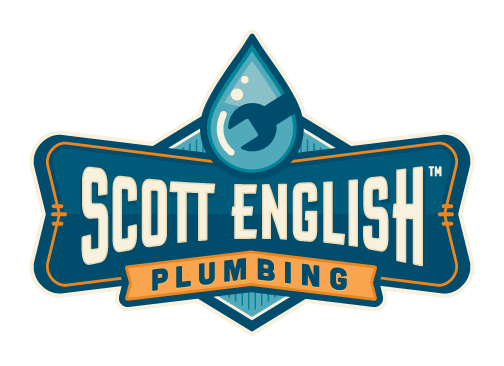How Can You Find a Water Leak in Your Home?
Water leaks not only cause damage but also cost a lot of money. A sure sign that you may have a problem is an excessively large water bill. Water leak detection isn’t just a job for plumbers; anyone with basic DIY skills can also find the problem, if they follow a few simple tips. If the leak isn’t obvious there may be an element of detective work to track the problem down. Don’t worry if you can’t locate the exact spot where the leak is, a plumber will be able to find it with a listening device. But here are 3 spots that you need to check.
1. Check the Hot Water Tank
The hot water tank in your home will have a pressure release valve on it. These valves can be plumbed into the mains, it could be leaking and you would probably have no idea it was happening. Listen for a hissing sound coming from the valve and if you can remove the drain pipe to check for drips.
2. Check Your Toilets
The toilets in your home are a good place to check for leaks, lift the top off the water tank and have a listen. If you hear a hissing sound there may be a leak, try to narrow down where it’s coming from. The leak may be hard to locate by sound, if this is the case drop a couple of drops of food coloring in the tank and wait a few minutes. If there is a leak at the bottom of the tank it will become obvious as the water seeps through. Repeat this process with every toilet in your house, if you find the leak it may be a simple fix and if you can’t you will need a plumber.
3. Examine the Meter Line
If the toilets have been checked and there is no problem then it’s time to switch focus to the meter line. This line carries water from the meter into your house and it’s a good place to try out some water leak detection methods.
Locate your shut off valve, shut it off and check your water meter. Lift the lid that covers the meter and check the meter display. You now know that there is no water going into your home, so if the meter is still moving there is a leak somewhere between the meter and your house. If you then walk along a line that leads from the meter to the shut off valve you may notice muddy patches of grass in your yard which indicates there is a leak underground.
The only other reason that the water meter may be moving is if there is a leak in your shut off valve. Older shut off valves that are made bronze are quite prone to these kinds of leaks. In either case, you can call the plumber to replace the shut off valve or pinpoint and fix the main line leak.
In conclusion there are some things to consider when trying some of these water leak detection methods. First, don’t dig up any areas unless you’re 100% sure that you have the right location or you could cause more damage to the water line. Fixing a leak yourself in an old house could cause more leaks. This is because the change in pressure between modern fittings and older ones can break older washers and seals. If you need water leak detection or any help with your plumbing needs, contact Scott English Plumbing.
